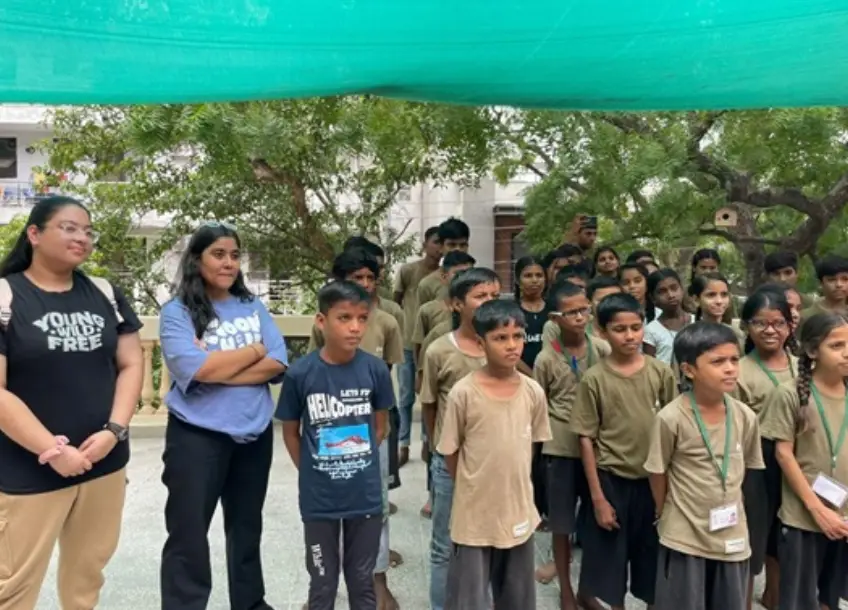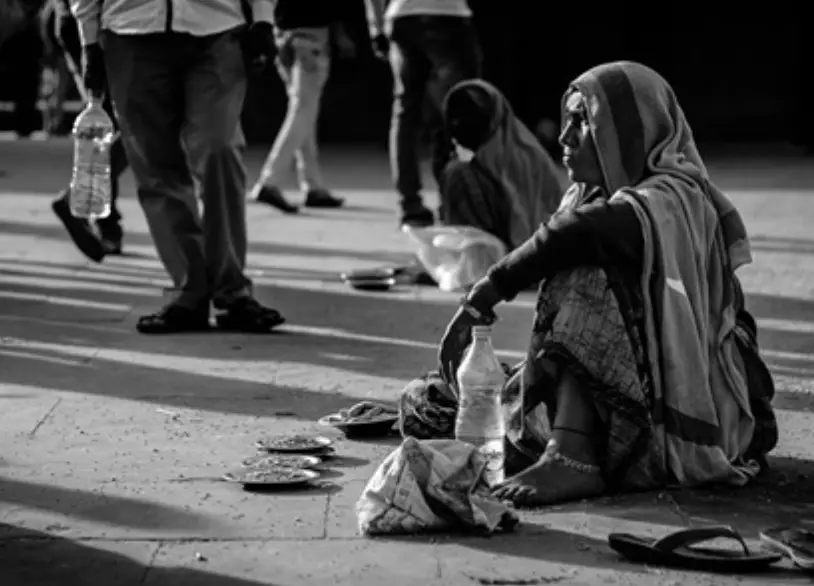The Impact Ranking
No Poverty
SDG 1 Aspires To Eradicate Poverty In All Its Manifestations Worldwide
Its objectives encompass ensuring equal entitlement to economic resources, essential services, property, and land control, natural resources, and new technologies, with a particular focus on the rights of the entire population, especially the most impoverished and vulnerable.

The escalation of poverty not only constitutes an injustice and jeopardizes the well-being of millions but also fosters inequality, thereby undermining social cohesion and impeding economic progress. Root causes of poverty, such as unemployment, social exclusion, and heightened vulnerability to natural disasters and diseases among specific demographic groups, contribute to increased inequality, exacerbating issues like malnutrition, limited access to education, discrimination, and exclusion. This cumulative effect intensifies crises, elevates political and social tensions, and fosters conflict.
Presently, over 700 million individuals, equivalent to 10% of the global population, endure extreme poverty, surviving on less than US$1.90 per day—a meagre amount that barely covers their essential daily needs. Unfortunately, the critical situation is not improving. While there was a gradual improvement from 36% in 1990 to 10% in 2015, the positive trend has decelerated in recent years, plateauing at 8.2% in 2019. The COVID-19 crisis poses a significant threat, pushing millions into extreme poverty, with an anticipated increase to 8.8% in 2020, nearing 2017 figures. This would mark the first upturn in poverty rates over two decades, as the 2020 SDG Progress Report indicated.


